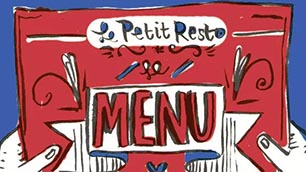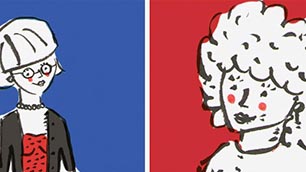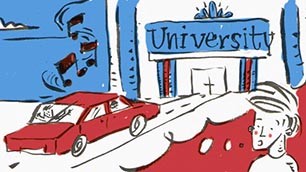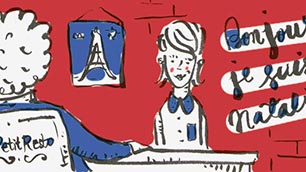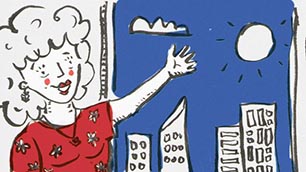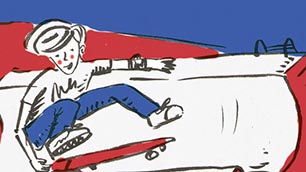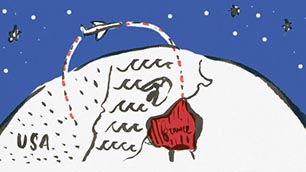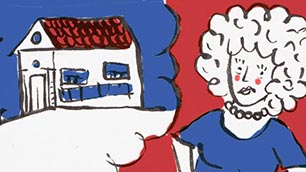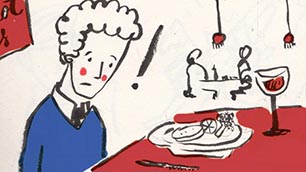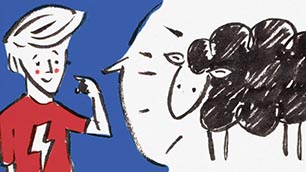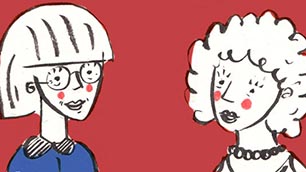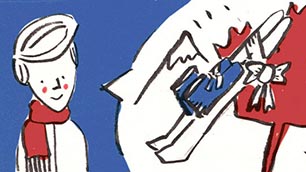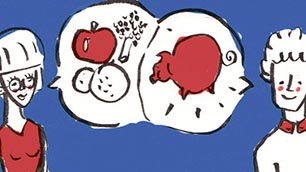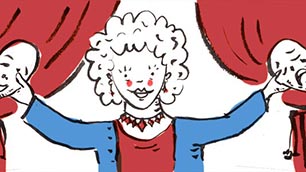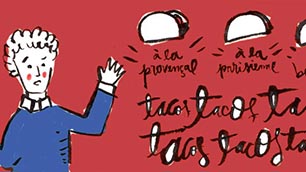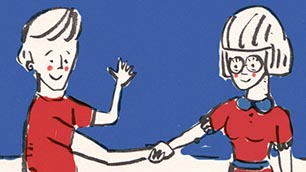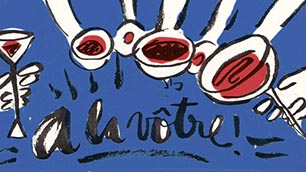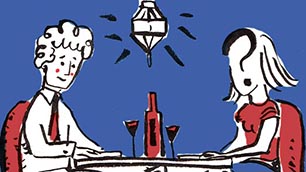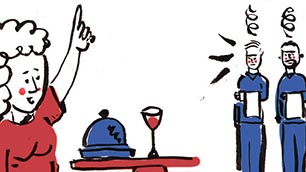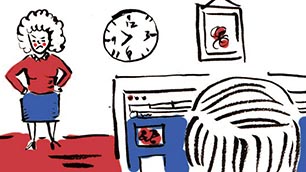Il y a is one of the most important French expressions. And it’s an easy one to use! Easier than English even!
To say, ‘there is’ or ‘there are’, you use il y a. So it is used to express the existence of a person or a thing or to make a list. The indefinite article (un, une, des) is usually used with il y a. Unlike its English equivalents, il y a doesn’t change whether followed by a singular or a plural.
Exemple:
Il y a une boulangerie dans ce village.
Il y a des belles montagnes en France.
Dans ma classe, il y a Chloé, Marie, François et Omar.
To say ‘there isn’t’ or ‘there aren’t’, you just say il n’y a pas. The indefinite article (un, une, des) then becomes de or d’ after this negative expression. This corresponds to the English word ‘any.’
Exemple:
Il n’y a pas de cafés ici.
Il n’y a pas de restaurants ouverts.
To ask ‘is there...?’ or ‘are there...?’ you just use il y a as a question. We’ll learn a more complex way with the est-ce que question phrase in a few lessons, but, for now, you can just use il y a with an interrogative tone.
Exemple:
Il y a une boulangerie ici ?
Il y a des toilettes près d’ici ?
Il y a classe ce matin ?
To say, ‘there is’ or ‘there are’, you use il y a. So it is used to express the existence of a person or a thing or to make a list. The indefinite article (un, une, des) is usually used with il y a. Unlike its English equivalents, il y a doesn’t change whether followed by a singular or a plural.
Exemple:
Il y a une boulangerie dans ce village.
Il y a des belles montagnes en France.
Dans ma classe, il y a Chloé, Marie, François et Omar.
To say ‘there isn’t’ or ‘there aren’t’, you just say il n’y a pas. The indefinite article (un, une, des) then becomes de or d’ after this negative expression. This corresponds to the English word ‘any.’
Exemple:
Il n’y a pas de cafés ici.
Il n’y a pas de restaurants ouverts.
To ask ‘is there...?’ or ‘are there...?’ you just use il y a as a question. We’ll learn a more complex way with the est-ce que question phrase in a few lessons, but, for now, you can just use il y a with an interrogative tone.
Exemple:
Il y a une boulangerie ici ?
Il y a des toilettes près d’ici ?
Il y a classe ce matin ?




